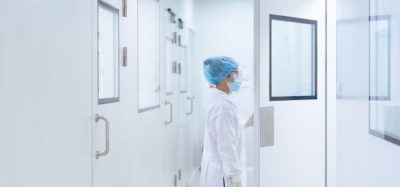Academic and research institutions, including colleges and universities, independent research institutes (IRIs), and independent hospital medical research centres also increased spending, dedicating more than $14.2 billion of their own funds (endowment, donations, etc) to medical and health R&D in 2017. Other funding sources – foundations, state and local governments, voluntary health associations and professional societies – accounted for 3.7 percent of total medical and health R&D expenditures.
“Overall, US investments in health-related research and development continue to move in a positive direction, but it’s important to consider whether this investment is enough to overcome health threats that are taking lives, reducing productivity, and single-handedly placing our fiscal future at risk,” said Research!America’s Chair, the Honorable Michael N. Castle. “Other nations are investing in R&D hand over fist, so it’s an economic competitiveness issue, too. We need to consider strategies for keeping the US at the forefront even as we make more headway against deadly and costly health threats.”
Biopharmaceutical companies contributed the largest share of funding within the industry sector, accounting for over 53 percent of total US medical and health R&D expenditures in 2017. Of the top 25 US-based pharmaceutical firms, 17 increased their spending, with eight spending more than $1 billion on pharmaceutical R&D that year. Increased investments in this sector may, in part, reflect the suspension of the medical device excise tax from 2016 to 2018.
Federal R&D investments were uneven across health agencies during the five-year period. The NIH received $2 billion increases in 2016 and 2017, but funding for other federal health agencies varied, with the Centers for Disease Control and Prevention and the Agency for Healthcare Research and Quality experiencing stagnant or reduced budgets over the last two years. Federal investments are expected to increase in the next two years due to the Bipartisan Budget Act of 2018, which lifted austerity-level budget caps for fiscal years 2018 and 2019.
“Our nation cannot afford less than a full-court press against deadly and debilitating health threats. The returns – both quantitative and qualitative – on medical and health R&D dwarf our investment. It is heartening that we are on the right path, but it’s time to dramatically step up our game,” said Mary Woolley, president and CEO, Research!America. “Sequestration – automatic spending cuts – could return in 2020, resulting in deep cuts in federal agency budgets. It’s more important than ever for advocates to engage policymakers to make the case for the increased investments needed from both public and private sectors in order to put research and innovation to work at the level they can deliver to find the solutions to what ails us.”










